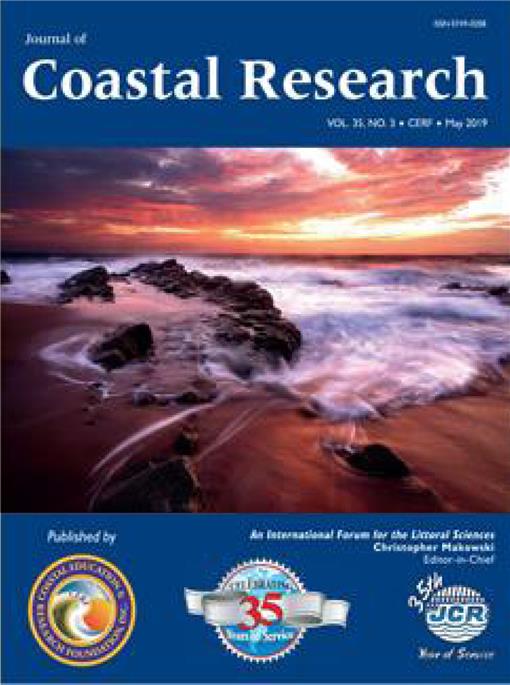Park, Y.H.; Oh, Y.-M.; Ahn, S.M.; Han, T.H.; Kim, Y.-T.; Suh, K.-D., and Won, D., 2019. Development of a new concrete armor unit for high waves. Journal of Coastal Research, 35(3), 719–728. Coconut Creek (Florida), ISSN 0749-0208.
Hundreds of new concrete armor units (CAUs) have been developed since 1950, but only a few have been used because of their low price and familiarity. Because the design wave height has been increasing as a result of climate change, the Korean government decided to develop a new CAU for protection against high waves. Therefore, a new research project to develop a new CAU that considers stability, structural strength, economic feasibility, casting efficiency, and constructability was started. The new CAU was called Chi Block. The hydraulic stability achieved a Hudson stability coefficient of more than 13 at a significant wave height of 10 m by adopting a conservative approach. Chi Block can be installed in both uniform and random placements and can be used as an overlay for repair. A new placement for Chi Block was invented, and it features the advantage of functioning like a 1.5 layer. Although a single layer generally has a higher overtopping rate than a double layer, Chi Block, on uniform placement, has a performance near that of the Tetrapod.





